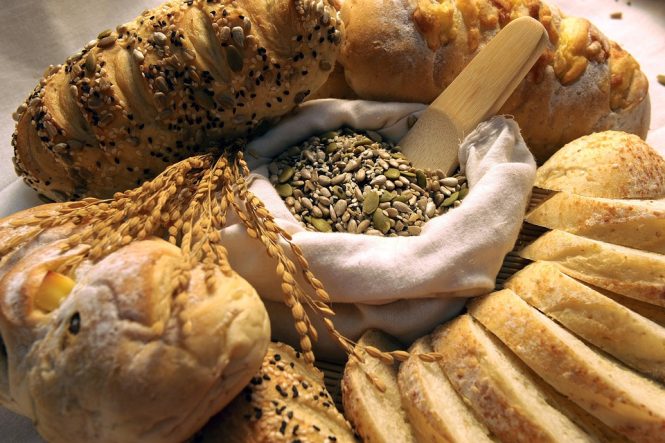
The Glycemic Index: How to Choose Carbs That Won’t Spike Your Blood Sugar
When it comes to managing blood sugar levels, choosing the right carbohydrates can make all the difference. The Glycemic Index (GI) is a useful tool that helps individuals with diabetes or those trying to manage their blood sugar levels make informed decisions about the carbohydrates they consume. In this article, we will delve into the world of the Glycemic Index, exploring what it is, how it works, and how to use it to choose carbs that won’t spike your blood sugar.
What is the Glycemic Index?
The Glycemic Index is a measure of how quickly the carbohydrates in a particular food raise blood sugar levels after consumption. Foods are ranked on a scale of 0 to 100, with pure glucose serving as the reference point (GI = 100). The GI takes into account the type and amount of carbohydrates in a food, as well as the rate at which they are digested and absorbed into the bloodstream.
How Does the Glycemic Index Work?
Foods with a high GI (70 and above) cause a rapid increase in blood sugar levels, followed by a crash. This can lead to energy crashes, mood swings, and increased cravings for unhealthy snacks. On the other hand, foods with a low GI (55 and below) are digested and absorbed slowly, causing a gradual increase in blood sugar levels. This helps to prevent spikes in blood sugar and insulin levels, reducing the risk of developing conditions like type 2 diabetes and cardiovascular disease.
Low, Medium, and High GI Foods
Here are some examples of low, medium, and high GI foods:
- Low GI Foods (55 and below):
- Non-starchy vegetables like broccoli, spinach, and bell peppers
- Fruits like apples, berries, and citrus fruits
- Whole grains like brown rice, quinoa, and whole wheat bread
- Legumes like lentils, chickpeas, and black beans
- Medium GI Foods (56-69):
- Sweet potatoes
- Whole grain pasta
- Brown rice
- Fresh corn
- High GI Foods (70 and above):
- White bread
- White rice
- Sugary drinks like soda and sports drinks
- Refined grains like white flour and sugary cereals
How to Choose Carbs That Won’t Spike Your Blood Sugar
To make the most of the Glycemic Index, follow these tips:
- Choose whole, unprocessed foods: Whole grains, fruits, and vegetables tend to have a lower GI than refined and processed foods.
- Incorporate protein and healthy fats: Adding protein and healthy fats like nuts, seeds, and avocado to your meals can help slow down the digestion and absorption of carbohydrates, reducing the GI.
- Be mindful of portion sizes: Even low GI foods can cause a spike in blood sugar if consumed in excess.
- Mix and match: Combine low GI foods with medium and high GI foods to balance out the meal and reduce the overall GI.
- Read labels: Check the nutrition label for the serving size and carbohydrate content to make informed decisions about the foods you choose.
The Benefits of a Low GI Diet
A diet rich in low GI foods has numerous benefits, including:
- Improved blood sugar control: Low GI foods help regulate blood sugar levels, reducing the risk of developing conditions like type 2 diabetes.
- Weight management: Low GI foods tend to be more satiating, making it easier to maintain a healthy weight.
- Reduced inflammation: Low GI foods have anti-inflammatory properties, which can help reduce the risk of chronic diseases like cardiovascular disease and certain cancers.
- Improved energy levels: Low GI foods provide sustained energy, reducing the risk of energy crashes and mood swings.
Conclusion
The Glycemic Index is a valuable tool for managing blood sugar levels and making informed decisions about the carbohydrates we consume. By choosing low GI foods, incorporating protein and healthy fats, and being mindful of portion sizes, we can reduce the risk of developing conditions like type 2 diabetes and cardiovascular disease. Remember, a balanced diet rich in whole, unprocessed foods is the key to achieving optimal health and well-being.